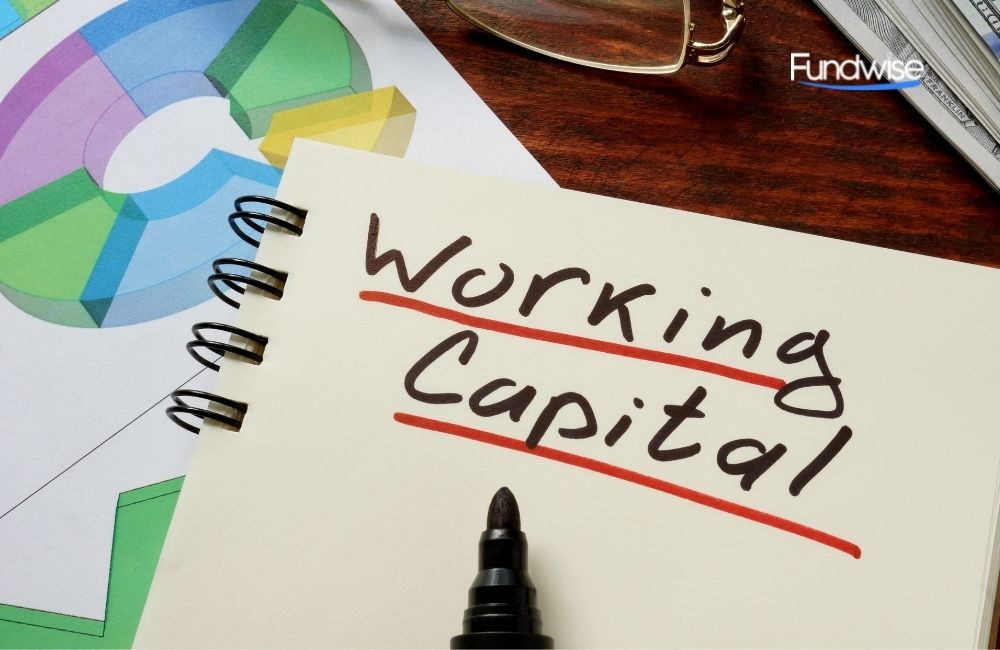Working capital is basically the capital used by the business in its daily operations used to measure the business’s financial stability for the short-term or current accounting period. It is primarily the difference between the business’s current assets and current debts or liabilities. This metric is used in working capital management to be able to maintain a striking balance across the business’s growth, stability, and profitability.
With the above concept in mind, you will see how essential it is for the business owner to be able to maintain smooth operations of the business with the eventual goal of maximizing profitability for the business. Working capital also includes being able to efficiently manage its inventory system, accounts receivables, and accounts payables that are all vital in ensuring that the business would have cash flowing in and out smoothly of the business.

The working capital ratio is a good indicator of whether the business has adequate cash flow to sustain its short-term debts or regular expenditures. The working capital ratio is the yield of dividing the current assets over the current liabilities of the business. The more positive the figure, the better it looks for the business.
IMPORTANCE OF WORKING CAPITAL TO YOUR BUSINESS
Similar to an individual’s cost of living on a regular day, the working capital is a strong indicator of how stable it is financially to handle its expenditures and to maintain the influx of money into the business. For example, an individual who earns from his work should be able to keep up with the expenses with his earnings and at the same time be able to save a portion of his earnings as part of his life savings. The business also has to aim for the same. The business needs to earn and at the same time be able to save that would be an added plus to the financial position of the company by the end of the accounting period.

Having a good working capital management plan will enable the business to maximize its profitability and ensure that the business operations will run smoothly during the course of the set accounting period and moving forward. Working capital does not only include cash inflow and outflow but more importantly, inventory management and management of the business’s accounts receivables and accounts payables must be monitored and included as they form part of the business’s current assets and liabilities. These financial aspects should also be properly managed and accounted for in having a good working capital ratio for the business.
TIPS FOR EFFECTIVE WORKING CAPITAL MANAGEMENT
The process of having a good working capital management plan starts with being able to set a solid and realistic inventory management plan in order to ascertain sales which would turn into the business’s receivables for income generation. Along with this, the business should also be aware of its payables and expenditures to keep the cash outflows to a minimum for maximized profit and savings for the business. All of this should be worked together to come up with a good balance of figures that will be reflected in the business’s balance sheet for reference by the business owner in its plans on its business operations for the period and for the calendar year.
Working capital varies from one industry to another so it is best to come up with accounting strategies in terms of payment and collection policies, accounts payable write-offs (if and when necessary), timing of acquisition of new assets and the like. A business can use the working capital ratio, collection ratio, and inventory turnover ratio as metrics or key indicators in ensuring a smooth cash flow for the business. Bottom line is, these should all work together to help the business cover its financial obligations and ensure that earnings are boosted and maximized.

